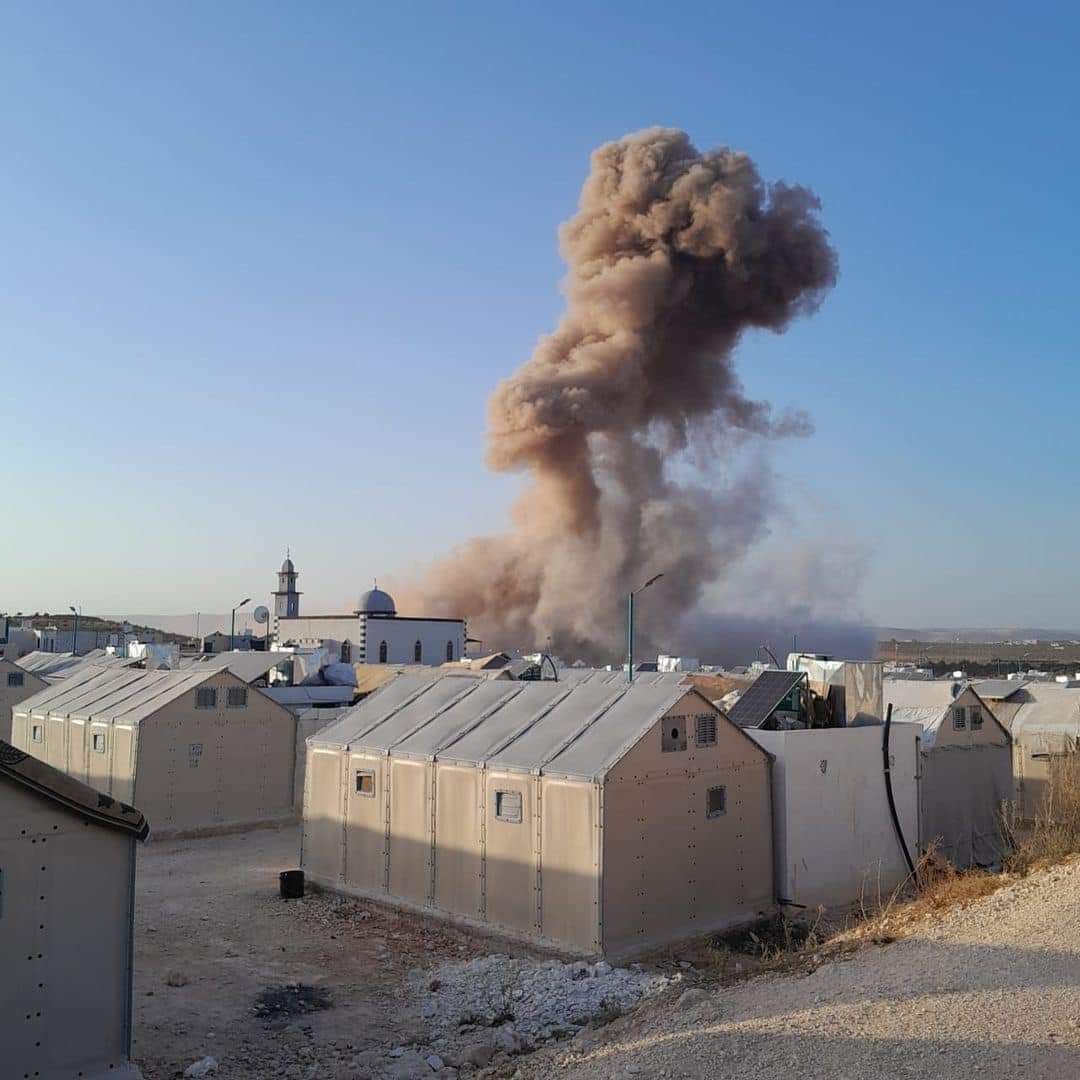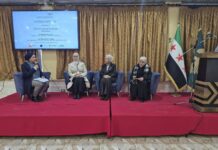
The humanitarian crisis in Syria continues to deteriorate rapidly as sustained airstrikes and bombardments by the Assad regime, Russian forces, and Iranian-backed militias, such as Hezbollah, target civilian areas and vital infrastructure in the northwestern regions. These coordinated attacks are not only causing immense suffering but also seem aimed at forcing widespread displacement of Syrians, many of whom are fleeing once again to neighboring countries and Europe.
In a recent statement, the Humanitarian Action Coordination Office (HAC) highlighted the toll these attacks are taking on civilian populations. A power station in Ain Al-Zarqa, west of Idlib, was rendered inoperable by an airstrike, cutting off electricity to water stations that serve thousands of residents across 17 villages. As a result, essential services such as electricity and water, which are crucial for sustaining life in these already fragile areas, have been severely compromised. Hospitals, schools, and communities have been left struggling to meet even the most basic needs amid this aggressive assault on infrastructure.
The escalation is exacerbating the already dire situation for the millions of displaced Syrians, many of whom are living in makeshift camps. “The Assad regime and its Russian ally continue their assault on cities and towns in north-western Syria,” the HAC stated, warning that the current onslaught is part of a systematic campaign that increases the displacement of civilians. The targeting of archaeological sites in Al-Bara, as well as essential and protected infrastructure, demonstrates the deliberate and illegal nature of these strikes.
Minister of Development and Humanitarian Affairs, Mr. Fadi al-Qasim, also spoke about the recent surge in hostilities: “The last few days witnessed several populated areas being subjected to systematic bombing by the Russian occupation, Iranian militias, and Assad militias, which led to a large wave of displacement and increased suffering of the people.” He added that many of the displaced were already vulnerable due to the arrival of large numbers of refugees fleeing the conflict in Lebanon. As the crisis deepens, the capacity to meet basic humanitarian needs has been severely strained.
In a statement issued by the Media Office of the Ministry of Development and Humanitarian Affairs in the Syrian Salvation Government (SSG), the continuous bombardment of cities, villages, and camps was condemned. Kafr Jales camps, including Maryam Camp, were among the many sites targeted in the recent wave of airstrikes. “The recent escalation increases the suffering of the people, especially the displaced who have nothing but tents as shelter to resort to,” the SSG reported.
The UN’s Office for the Coordination of Humanitarian Affairs (OCHA) has also expressed grave concerns over the intensifying violence, emphasizing the need for all parties involved to respect international humanitarian law. In a recent visit to a community center in northern Syria, a UN delegation, including Deputy Regional Humanitarian Coordinator David Carden, observed the conditions of displaced families, many of whom were newly arrived from Lebanon due to the conflict there. The delegation reported that two civilians, including a child, were killed and 11 others injured in the regime shelling of Maarbalit in Jabal al-Arbaeen, south of Idlib.
Adding to the crisis, critical infrastructure has been heavily targeted. Last Monday, the Assad regime and Russian forces launched multiple airstrikes close to an UN-run distribution center in Idlib, disrupting aid delivery efforts by the World Food Programme (WFP). The WFP has since appealed to the international community to provide urgent support, as food security deteriorates rapidly across Syria. More than half of the population is food insecure, and three million people face severe hunger.
Carl Skau, the Deputy Executive Director of the WFP, expressed deep concern over the worsening conditions saying: “The situation in Syria is very worrying, and people are approaching the point of collapse.” With the influx of refugees from Lebanon adding pressure on already strained resources, the international humanitarian community has called for urgent action to address the escalating crisis.
As airstrikes and shelling continue, the deliberate targeting of residential areas, farmlands, IDP camps, and infrastructure critical to civilian survival highlights a troubling trend aimed at forcing further displacement. The displacement caused by these attacks is not merely a consequence of the violence but increasingly appears to be one of its central objectives. By driving civilians from their homes and pushing them into already crowded camps or across international borders, the Assad regime and its allies may be attempting to destabilize neighboring regions further and create new waves of Syrian refugees.
The expanding violence also threatens to trigger a new refugee crisis, with Syrians once again fleeing to Jordan, Turkey, and Europe. Millions are already displaced, camps operate at full capacity, and humanitarian organizations struggle to provide adequate support, shelter, and supplies. The potential for a new exodus raises fears that the current crisis will spread beyond Syria’s borders, further complicating the international response to this long-running conflict.








